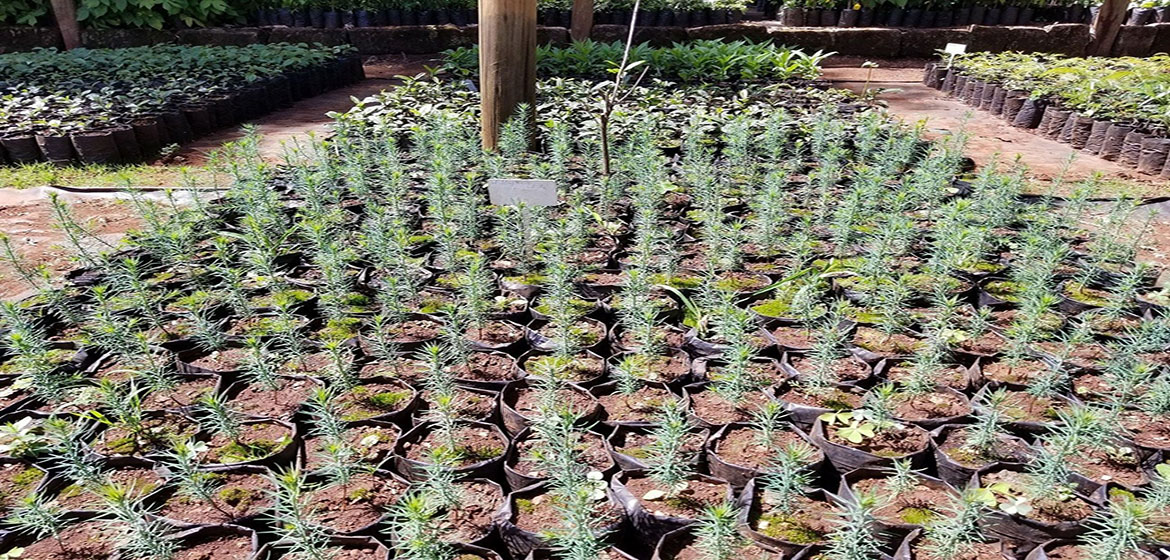Efforts to promote the vitality of indigenous species for biodiversity
“This tree grows on one mountain in Malawi and there are hardly any left,” says botanist Mark Nicholson, manager of a remarkable 40-hectare forest near Nairobi, Kenya, planted with over 650 species of indigenous trees and shrubs.
“Almost everything here in the forest, including what are now large trees over 20 metres high, has been planted since 2000, and we’ve seen a big increase in biodiversity,” says Nicholson. “When we first came, all the trees were exotic, non-native species, like cypress, wattle, eucalyptus and pine. We recorded only 35 species of birds. Now that number is up to 187 and in 2015 the colobus monkeys came back after an absence of 80 years. They came back because indigenous trees provide food for them.”
In the lead-up to the International Day of Forests on 21 March, UN Environment is collaborating with Nicholson and his , a non-governmental organization, to raise awareness of the importance of indigenous trees for local ecosystems. On the day itself, the and Plants for Life will have a stand on the UN compound in Nairobi with hundreds of tree seedlings comprising 12 different species of indigenous trees. UN staff and their families will be encouraged to sponsor tree-planting or take away and plant seedlings in their gardens or school compounds.
“The theme of the International Day is ‘Forests and Education’, and our aim is to get a message out that indigenous tree and shrubs are vital for healthy biodiversity and human well-being,” says UN Environment ecosystems expert Tim Christophersen.
Some trees “fix” nitrogen while others produce quality mulch, which enriches the soil. Other woods can be ideal for carving or produce high-quality timber. Certain species of indigenous olive trees, for instance, don’t produce olive oil but make excellent furniture. Many people are unaware of the medicinal value and income-generating capacity of some indigenous tree species.
UN Environment and the Food and Agriculture Organization of the United Nations are leading the recently announced implementation of the UN Decade of Ecosystem Restoration 2021-2030, which will require a massive expansion of successful pilots such as the Brackenhurst restoration effort.
Source:
Related to SDG 13: Climate action



